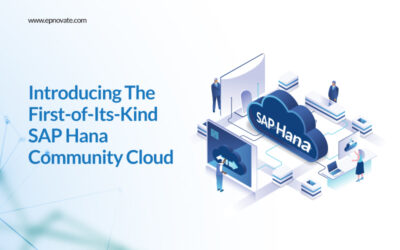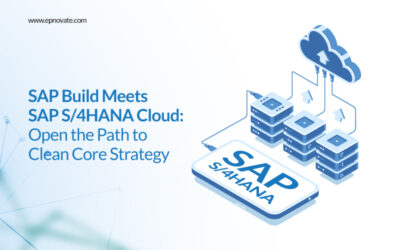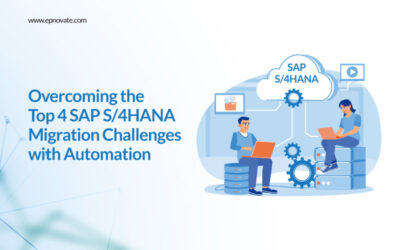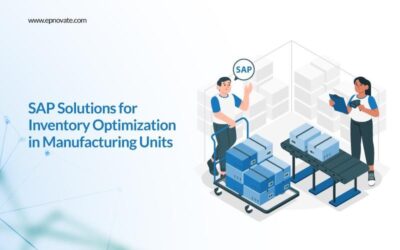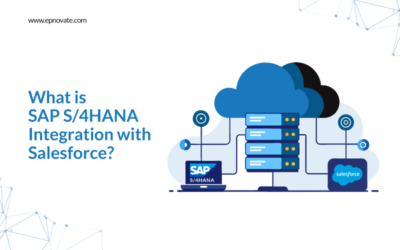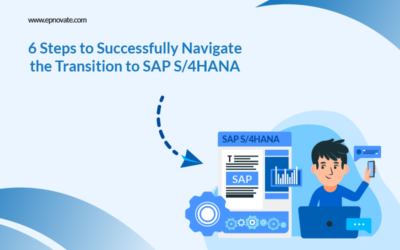SAP S/4 HANA Cloud For advanced financial closing: Enhanced Task List Management
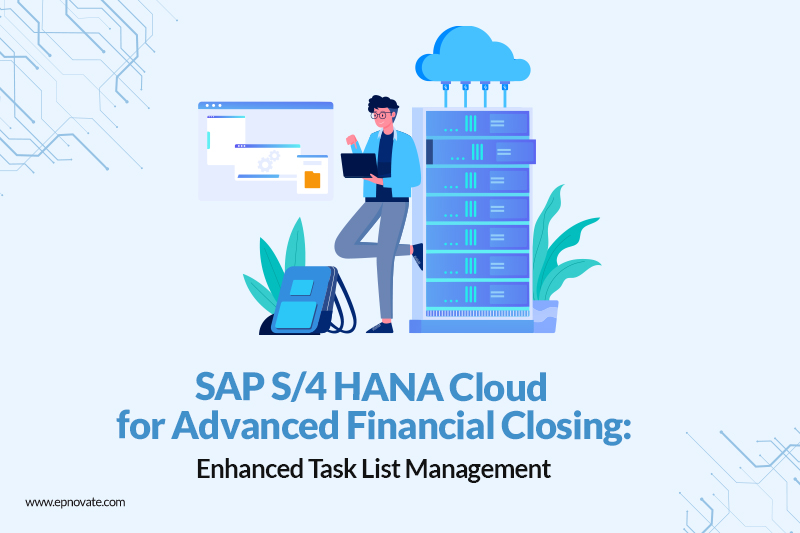
SAP is software that helps manage business processes related to customer relationships. It is an abbreviation for “System Applications and Products” and includes integrated modules that cover almost every aspect of business management. As a result, it is at the #1 position in the ERP market.
The SAP software covers most of the drawbacks present in a decentralised system. A decentralised system is a network of entities where lower-level components operate on local information to accomplish global goals.
Furthermore, SAP helps close an advanced financial service. This is done by providing the necessary information for planning, executing, and monitoring the requested closing tasks. To complete it at high speed, the software accelerates the most complex cycles, which obey and meet the standard regulatory requirements and financial reporting standards. For a more detailed understanding, continue reading as we discuss the SAP s/4 Hana migration services.
Background of the task list management update
A task list group includes the maintenance of databases requested by the user. Task lists are identified by a group counter and make a huge impact on manipulating files and databases. With the task list management update, a user should be able to have access to many functions such as:
Multiple systems in one task list template
The task list template serves as a blueprint for closing a process in a well-defined order. This process allows task list access to multiple communication systems and many entities. Only one communication can be linked with the task list template in the previous version. However, in the updated task list management system, the user can orchestrate the financial close across all distributed systems with only one template. This is especially helpful for customers using SAP S/4HANA for advanced financial closing.
Parallel editing of task list templates
In the previous version, only one user had access to the task list template for making any small change on the header level. Thus locking all the folders for other users due to a slight change in the header file.
The database handling work is done on folder level instead of header level as we migrate to s/4 Hana. This allows multiple users to work on different folders on the same template simultaneously and increase the task’s speed. Due to editing a file on a folder level, the folder only locks itself and its functions. This helps clarify which folders are currently being edited and by which person.
Flexible task list model assignment on folder level
This feature gives you an advantage in putting up your task list templates. The flexible assignment options allow for a more modular approach to setting up task list models in the related communication systems. This makes it possible to assign only the required tasks below each company code utilising standard task list models. This feature is a booster for maintaining order and flexibility for your closing tasks.
Guided procedure for creating the initial organisational hierarchy
While inserting a communication system folder, a guided procedure guides the user to set the organisational units of the respective system, which will be later created as folders. This allows the user to efficiently set up the initial order based on your requirements. You can add to that as you go live with other company codes in an uprising approach during the implementation of advanced financial closing.
Flexible closing structure
A task list template allows the user to define the hierarchy without compromising general rules. It allows the system to be more flexible and independent. Different organisational branches have different setups based on several hierarchical and corporate conditions. Furthermore, a task list model helps the user represent an organisation hierarchy precisely as envisioned.
Conclusion
SAP is a cloud-based application used for financing management systems. Using SAP s/4 Hana migration services is a choice every company is making. Its ability to provide the necessary information for planning, executing, and monitoring the requested closing tasks. Also, using an SAP application makes the process much less time-consuming and complex for the user.
Recent Posts
- Introducing The First-of-Its-Kind SAP HANA Community Cloud
- What is SAP Signavio? A Deep Dive into SAP Signavio and Its Transformative Power
- SAP Build Meets SAP S/4HANA Cloud: Open the Path to Clean Core Strategy
- Cloud ERP Evolution: Why ‘Rise with SAP’ is the Future of Digital Transformation
- Overcoming the Top 4 SAP S/4HANA Migration Challenges with Automation
